Step into the lush landscapes of Vietnam and you might encounter a mesmerizing sight: a Vietnamese woman, moving gracefully through a verdant rice paddy, her conical 'non la' hat casting a soft, enigmatic shadow over her face. This iconic headdress is more than just a functional accessory; it's a symbol of elegance and mystery deeply rooted in Vietnamese culture. The world of Vietnamese headdresses, ranging from the universally recognized 'non la' to the vibrant and elaborate ethnic crowns, is a reflection of the nation's rich cultural identity, regional traditions, and historical influences. This blog post is designed as a comprehensive guide for travelers eager to delve into the symbolism, evolution, and contemporary expressions of Vietnamese headdresses. Embark on this journey to enrich your understanding of an integral yet often overlooked aspect of Vietnamese culture, where each headdress tells its own unique story.
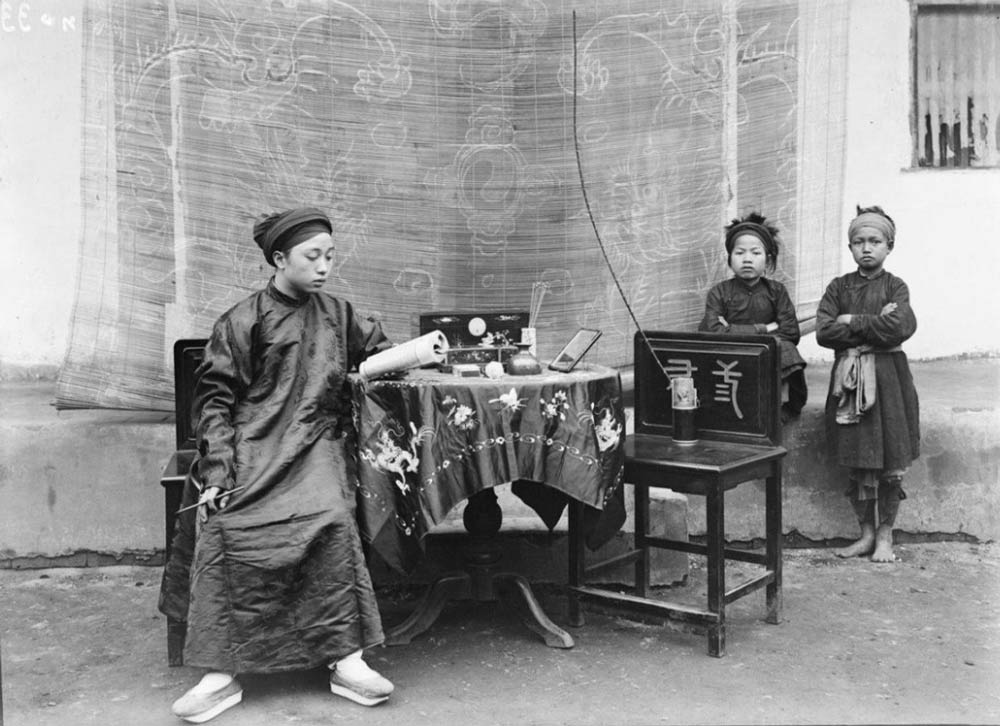
The roots of Vietnamese headdresses stretch back to pre-colonial times, echoing the influences of indigenous groups and neighboring civilizations. This ancient headwear has served various purposes, from practical sun protection to symbolizing social status. The intricate designs and materials used reflect a blend of local traditions and external influences, painting a picture of Vietnam's diverse cultural landscape over millennia.
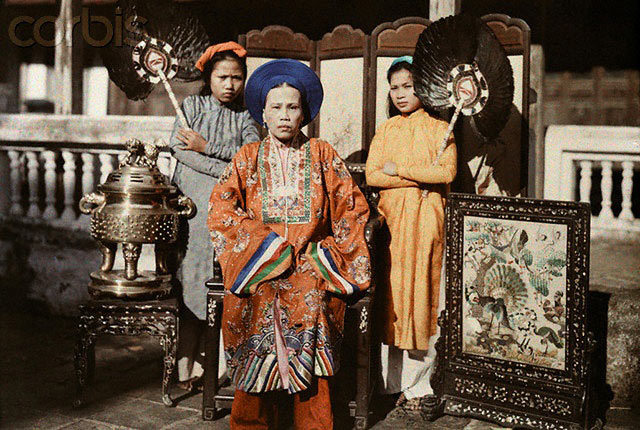
As you delve into the history of these headdresses, you'll discover the significant impact of various Vietnamese dynasties on their evolution. Each dynasty brought its own set of aesthetic values and social norms, which were reflected in the styles, shapes, and materials of the headwear. These dynastic influences trace the journey of Vietnamese headdresses from symbols of royalty and nobility to more functional and widespread use among the general populace.
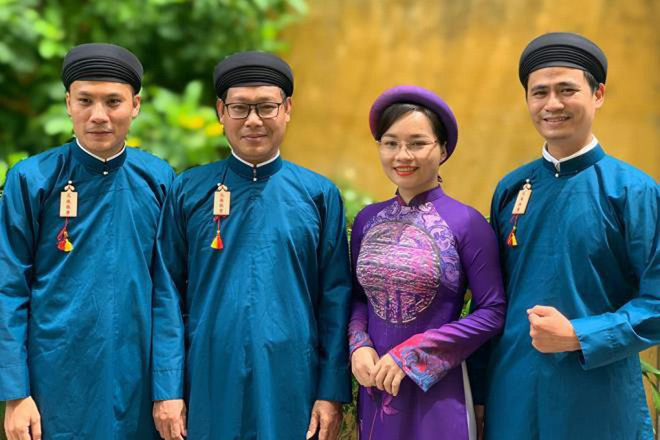
In the 20th and 21st centuries, Vietnamese headdresses have undergone a remarkable transformation. While still deeply rooted in their rural origins and traditional values, they have adapted to urban lifestyles, incorporating modern fashion trends. This evolution showcases the resilience and adaptability of Vietnamese culture, as these headdresses retain their cultural essence while embracing contemporary styles.

The 'Non La' holds a special place in Vietnamese culture, not just for its practicality but also for its aesthetic appeal. Originally designed as a shield against the harsh sun and rain, the Non La is a marvel of traditional craftsmanship. Its graceful silhouette and lightweight structure have made it an indispensable part of everyday life in Vietnam. Over time, the Non La has evolved beyond a mere agricultural tool, becoming a symbol of the nation's spirit and ingenuity.

But the Non La is more than just a hat; it is a repository of symbolism and stories. It represents the hardworking nature of the rural Vietnamese, their resilience in the face of adversity, and the simplicity of rural life. Additionally, it has come to symbolize femininity and elegance in Vietnamese culture. The hat's design, often adorned with intricate patterns when viewed against the light, tells stories and traditions passed down through generations.
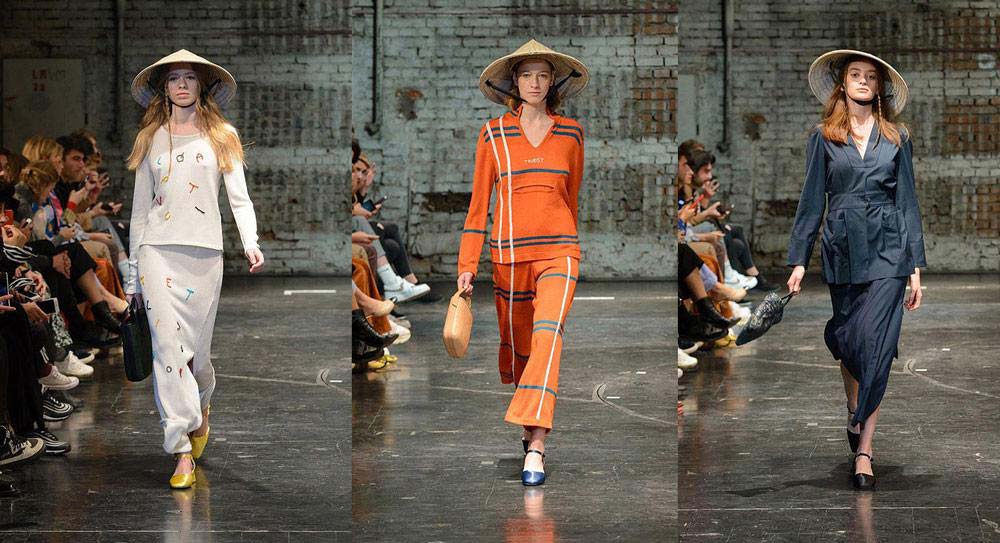
In recent years, the Non La has seen a resurgence as a fashion statement and artistic expression. It has transcended its rural roots to become a versatile accessory in urban fashion. Designers have reimagined the Non La, incorporating it into modern fashion aesthetics, showcasing its enduring versatility. From being featured in high-end fashion shows to becoming a favored accessory for cultural events, the Non La has proven its ability to adapt and remain relevant in contemporary Vietnamese culture.
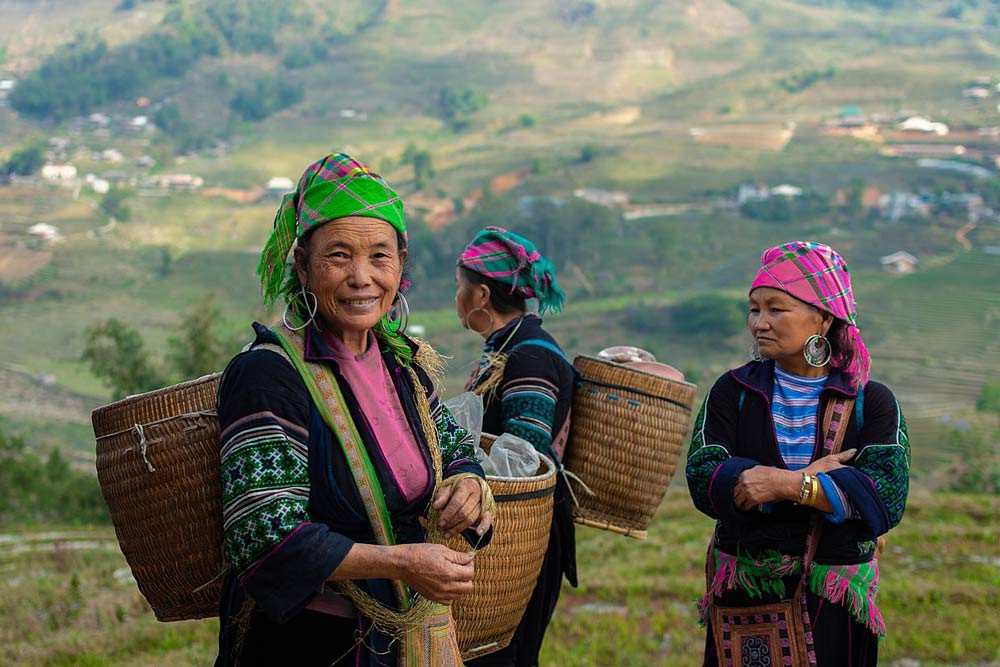
The Hmong headdresses stand out as a vibrant symbol of this ethnic group's rich culture. Journey into the mountains where the Hmong people reside, and you'll encounter headdresses adorned with intricate embroidery, colorful beads, and shimmering silver ornaments. These are not mere accessories; they are a canvas reflecting ancestral beliefs and social status within the Hmong community. Each pattern, color, and ornament carries a meaning, often signifying the wearer's age, marital status, or clan. The Hmong headdress is a dynamic display of identity and tradition, making it a fascinating aspect of Vietnam's cultural mosaic.

In the Cham community, the Poan Kteh headdress is a distinctive feature of women's attire. This unique crown-like headdress is woven from palm leaves, a testament to the Cham people's close connection to nature and their maritime heritage. It's often embellished with beads, shells, and intricate patterns, symbolizing the sea's bounty and the community's age-old relationship with the coastal environment. The Poan Kteh is not just a headdress; it's a cultural emblem, narrating the story of the Cham people's history, beliefs, and lifestyle.
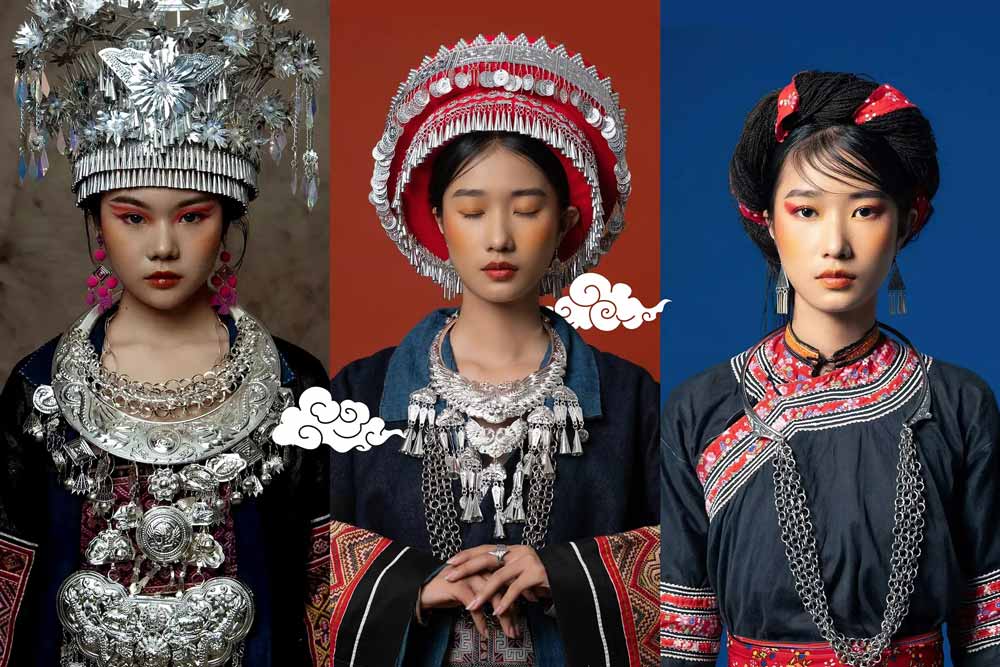
Vietnam's headdresses vary remarkably from region to region, each reflecting the local environment, lifestyle, and cultural practices. In the northern highlands, you'll find the feathered crowns of the Tay people, while the southern coasts showcase the practical yet stylish turban-like head wraps worn by the fishing communities. This diversity illustrates the adaptability and creativity of Vietnam's ethnic groups, with each headdress serving both practical and symbolic purposes. These regional variations offer travelers a rich tapestry of cultures to explore, deepening their appreciation of Vietnam's diverse and vibrant heritage.
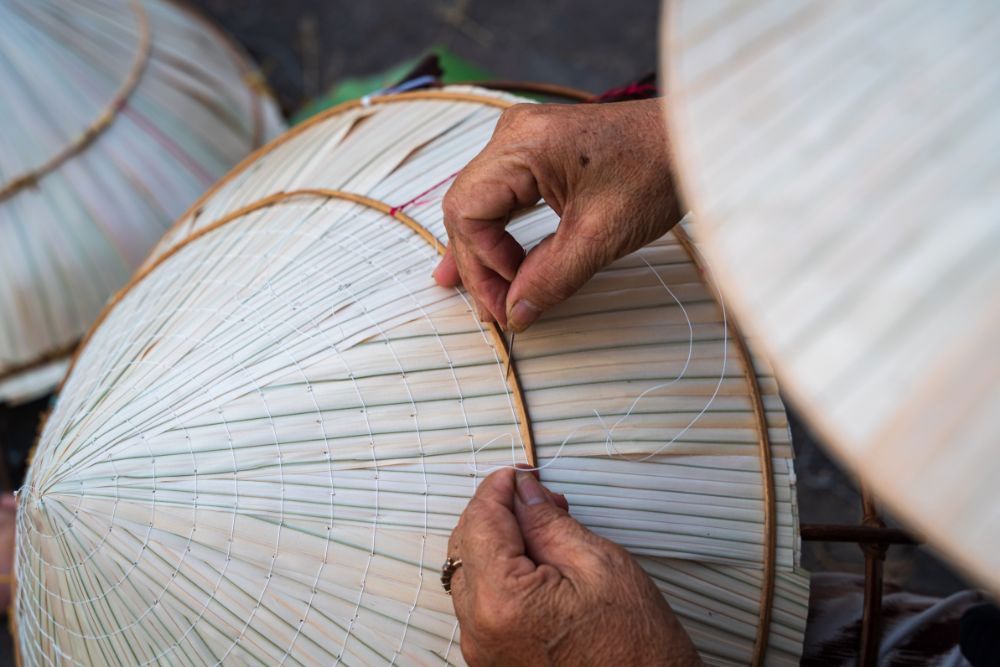
A visit to the villages where traditional Vietnamese headdresses are crafted is an immersive experience not to be missed. Travelers can witness firsthand the meticulous crafting process of these intricate headpieces. In these workshops, skilled artisans meticulously weave, embroider, and embellish, following techniques passed down through generations. Observing this process offers an understanding of the cultural significance and the painstaking effort behind each headdress, whether it's the colorful beaded headpieces of the Hmong or the elegant non la of the Kinh majority. These visits not only enrich one's appreciation of Vietnamese crafts but also connect travelers to the local way of life.
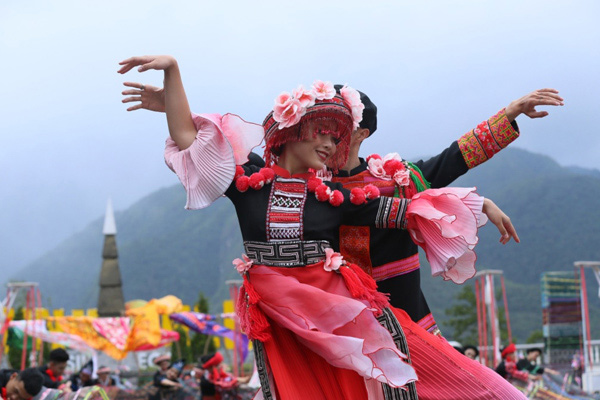
Vietnamese festivals present a dazzling showcase of traditional headdresses, where the country's cultural diversity is vividly displayed. Festivals like Tet Nguyen Dan (Lunar New Year) and the Kate Festival are replete with vibrant colors and rich traditions, making them ideal for experiencing the splendor of Vietnamese headdresses. During these festivals, various ethnic groups don their traditional attire, complete with their unique headpieces, offering a visual feast and a deeper insight into the nation's cultural mosaic.

Engaging with Vietnam's traditional headdress culture requires sensitivity and respect for local customs and protocols. Travelers are encouraged to interact with communities respectfully, understanding the cultural significance of these items. When purchasing a headdress as a souvenir, it's crucial to support ethical practices. This means buying from local artisans or cooperatives that practice fair trade, ensuring that your purchase contributes positively to the community. By doing so, travelers not only take home a piece of Vietnam's rich cultural heritage but also support the sustainability of these traditional crafts.
In conclusion, the journey through the world of Vietnamese headdresses is a deep dive into a pool of cultural richness and artistic beauty. From their historical roots, resonating with the stories and traditions of Vietnam's past, to their contemporary expressions, blending modernity with age-old practices, these headdresses are not just accessories but symbols of Vietnam's diverse cultural tapestry. They reflect the nation's aesthetic elegance and its people's enduring spirit. As a traveler in Vietnam, you are invited to go beyond the typical souvenir shops. Instead, seek out authentic experiences that bring you closer to the vibrant world of Vietnamese headdresses. Engage with the artisans, understand the stories behind each creation, and embrace the opportunity to add an extraordinary dimension to your Vietnamese travel adventure. In doing so, you not only enrich your travel experience but also carry home a piece of Vietnam's cultural crown, a keepsake of beauty and heritage.
Fascinated by the symbolic significance of the Vietnamese headdress in heritage and identity? Continue to explore these deep cultural roots with our Essence Of Vietnam From South To North tour package, journeying through the diverse traditions that define Vietnam.
Explore the essence of Vietnam through our tailored tour packages. Each private tour is carefully designed to match your individual tastes, providing a unique and personal journey through Vietnam's secret wonders and cultural riches.